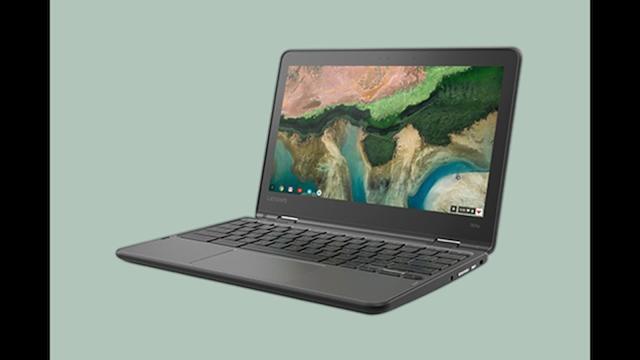About one in eight Americans will develop invasive breast cancer over the course of his or her lifetime. As of January 2021, there are more than 3.8 million people with a history of breast cancer in the U.S.
Now, Ivanhoe has details on how dense or fibrocystic breasts might affect your risks and what that means for the future of screening.
Dense breasts … nearly half of all women have them, but what does that mean for your health? The reality is having dense breasts raises your risk for breast cancer by two to four times.
“It just makes it more difficult for the radiologist to pick up any smaller tumor, if it’s present there,” said Dr. Tricia Morino, a medical oncologist and hematologist at Hackensack Meridian Health.
So, what can be done to spot cancer? The first option for dense breast cancer screening is 3D mammography or typography that images one-millimeter “slices” of a breast at a time giving the radiologist 90 to 100 pictures to meticulously analyze for cancer through the dense tissue. Another way?
“Sometimes if a woman goes for her mammogram and the radiologist notes that her breasts are dense, they may recommend an ultrasound screening test,” Morino said.
Which provides a 360-degree picture of the breast tissue.
The last test is an MRI with the breasts hanging through metal coils that help pick up the magnetic signal.
These methods can be lifesaving for patients whose cancer would otherwise go undetected.
Even though you can’t feel the difference, self-exams remain the same.
There is no one right way breasts should feel, so it’s important to figure out what is normal for you to better notice any changes or differences.



